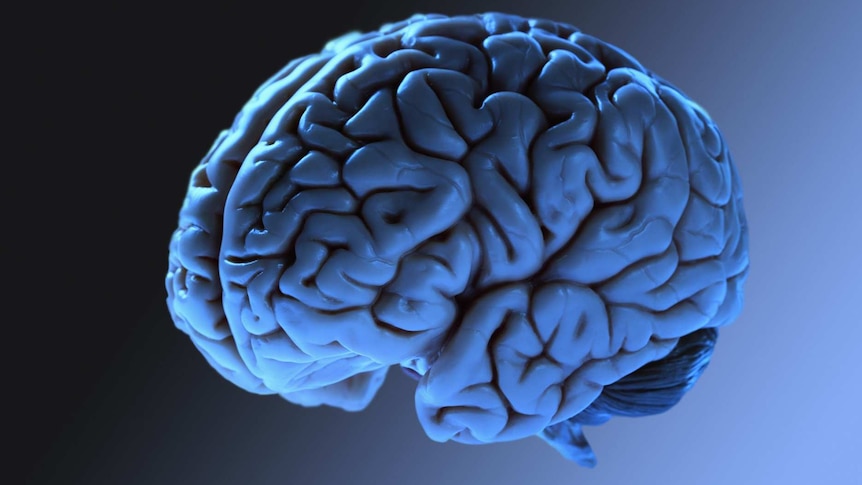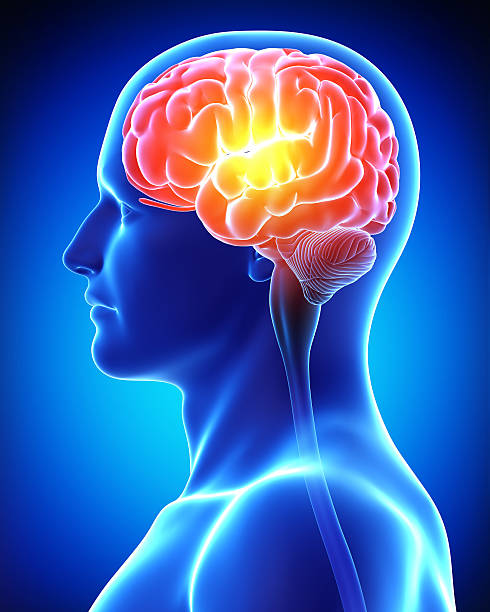In a quiet lab, away from the distractions of the digital world, a group of college students watched a 10-minute pornographic video. Electrodes and sensors monitored their breathing and heartbeats. Near-infrared light scanned their brains, capturing shifts in blood oxygen that hinted at deeper changes—far beyond what the eye could see.
They weren’t just watching. Their brains were speaking.
Now, a recent study published in Frontiers in Human Neuroscience offers an unsettling translation of that neural language. According to researchers at the University of Missouri, individuals who frequently consume internet pornography display altered brain connectivity, stronger emotional and physiological reactions, and a sharper decline in cognitive performance—all indicators that their minds may be adapting in ways that resemble addiction.
And that, the study suggests, could have consequences that reach far beyond the screen.
Porn and the Prefrontal Cortex
In an age when internet pornography is more accessible than ever—just a tap away, anytime, anywhere—scientists are racing to understand what that exposure might be doing to the brain.
“This isn’t about judging morality,” said lead author Casey Bennett, a graduate student in the Department of Geological Sciences. “It’s about understanding how repeated stimulation, especially in emotionally charged content, can change the brain’s behavior and function.”
To investigate, the team used a portable neuroimaging tool called functional near-infrared spectroscopy (fNIRS), a cutting-edge device that measures how brain regions communicate based on shifts in blood oxygen levels. Unlike traditional MRI machines, fNIRS allows participants to move naturally during tasks, offering a more real-world glimpse into their thought processes.
They recruited 21 healthy, heterosexual college students—16 who reported low-frequency pornography use, and five who met clinical criteria for problematic use. None had any history of drug use, illness, or mental health disorders. All were asked to abstain from sexual activity before the experiment to reduce bias.
Each participant completed a well-known cognitive test, the Stroop task, both before and after watching the explicit video. Meanwhile, facial recognition software tracked their expressions, and machines recorded their heart rate, blood pressure, and blood oxygen saturation—turning their emotional reactions into measurable data points.
Patterns That Mirror Addiction
What emerged from the study was a striking difference in how the two groups responded—both mentally and physically.
Frequent pornography users showed stronger brain connectivity in the prefrontal cortex, particularly in areas tied to executive control, emotion regulation, and decision-making. These same areas are often hyperactive in individuals with substance addictions. In contrast, low-frequency users showed more activity in regions associated with language, sensory input, and motor coordination—suggesting a broader, more balanced engagement of the brain.
Their emotional expressions told a parallel story. High-frequency users reported greater pleasure and happiness while viewing, but they also exhibited stronger signs of physiological arousal—lower heart rate, increased variability, and subtle fluctuations in mood. The researchers noted that these responses resemble those seen in people under the influence of opioids: calm, euphoric, and emotionally blunted.
Perhaps most revealing was what happened after the video ended.
When both groups repeated the Stroop task—a measure of attention, impulse control, and cognitive flexibility—performance declined across the board. But for the high-frequency group, the drop was sharper. Their reaction times were slower. Their accuracy diminished. And paired with elevated scores in anxiety and depression surveys, the picture that emerged was one of emotional overload and cognitive exhaustion.
“This isn’t just about arousal,” said co-author Dr. Sarah Jacquet, assistant professor of paleontology. “It’s about how the brain adapts to that arousal. The more often someone is exposed to intense emotional stimulation from pornography, the more their cognitive systems seem to suffer afterward.”
A Flat Emotional Landscape
The study also revealed another subtle but powerful change: the flattening of emotional expression.
Facial analysis software showed that low-frequency users reacted with a wider range of emotions—surprise, even disgust—when watching the pornographic content. High-frequency users, on the other hand, showed more muted or vacant expressions, despite self-reporting higher pleasure. This contrast supports the idea that repeated exposure to high-intensity sexual stimuli may dull emotional responsiveness over time.
In other words, the thrill remains—but the humanity fades.
“It’s like the emotional volume gets turned down,” said Bennett. “People might still feel pleasure, but they’re less surprised, less reactive, less expressive. That can spill over into other parts of life.”
Are We Looking at a Behavioral Addiction?
The parallels between high pornography use and addiction are difficult to ignore. Increased activity in executive regions of the brain. Altered physiological states. Declines in self-control and mental performance. Flattened emotion. All of these characteristics are well documented in studies of substance use disorders—and, to a lesser extent, behavioral addictions like gambling and compulsive eating.
“The effects of internet pornography addiction on brain functional connectivity in the prefrontal lobe exhibit characteristics similar to those of drug addiction,” the researchers concluded.
Yet the scientific community remains cautious. One reason is the sample size. Only five individuals in this study met the criteria for problematic pornography use, and although the findings were robust, they may not represent broader patterns in larger populations. Some of the brain connectivity results also failed to remain statistically significant after correction for multiple comparisons—a common hurdle in neuroimaging research.
Still, the consistency of the patterns across behavior, physiology, and emotion makes the results hard to dismiss.
Treatment and the Road Ahead
Currently, psychotherapy is the most common approach for people struggling with compulsive pornography use. But the authors of the study note that some experts are exploring pharmacological options, including medications traditionally used for obsessive-compulsive disorder. If future studies confirm that brain function changes in ways that mimic addiction, it could open the door to new treatments—potentially even drawing from strategies used for opioid or stimulant dependence.
But before that happens, more research is needed. And not just in labs.
Recruiting participants for this kind of study is difficult. Social stigma, ethical boundaries, and privacy concerns all limit how freely people are willing to talk about their pornography habits—let alone participate in a clinical experiment about it. Even among those who do, the definition of “problematic use” remains hazy.
Still, this study shines a much-needed light into a subject often shrouded in discomfort. As the digital world continues to reshape how we experience intimacy, pleasure, and even emotion, scientists are just beginning to map the territory of what that means for our brains.
A Mirror, Not a Verdict
What’s clear from this study is that internet pornography is not just a form of entertainment. It is a powerful stimulus—one that affects the brain, body, and emotions in complex ways, especially when consumed frequently.
That doesn’t mean every viewer is addicted, or that porn itself is inherently harmful. But it does mean we need to ask deeper questions about how repeated exposure influences mental health, relationships, and personal well-being.
“This study isn’t about making judgments,” said Jacquet. “It’s about understanding how our brains respond to the digital environments we live in—and recognizing that those responses can shape our behavior more than we realize.”
Because in the end, the most profound effects of internet pornography may not be about what we see on the screen—but how often, and how deeply, the screen sees into us.






